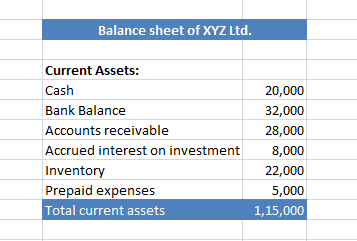Fixed liabilities are those long term liabilities which a company has to pay after more than one year. It simply means that these liabilities become due for a business enterprise after one year.
The total figure of these liabilities is used to check the dependency of a firm over its long terms debt instruments. For this purpose, it is used in ‘Debt to equity ratio’, which indicates balance between equity and debt used by a firm to raise funds.
These liabilities are shown on the liability side on a balance sheet.
List of fixed liabilities:
- Debenture
- Bonds
- Mortgages
- Pension obligations
- Lease obligations
- Loans and advances from subsidiaries
- Loans and advances from banks
- Other long term loans and advances.


